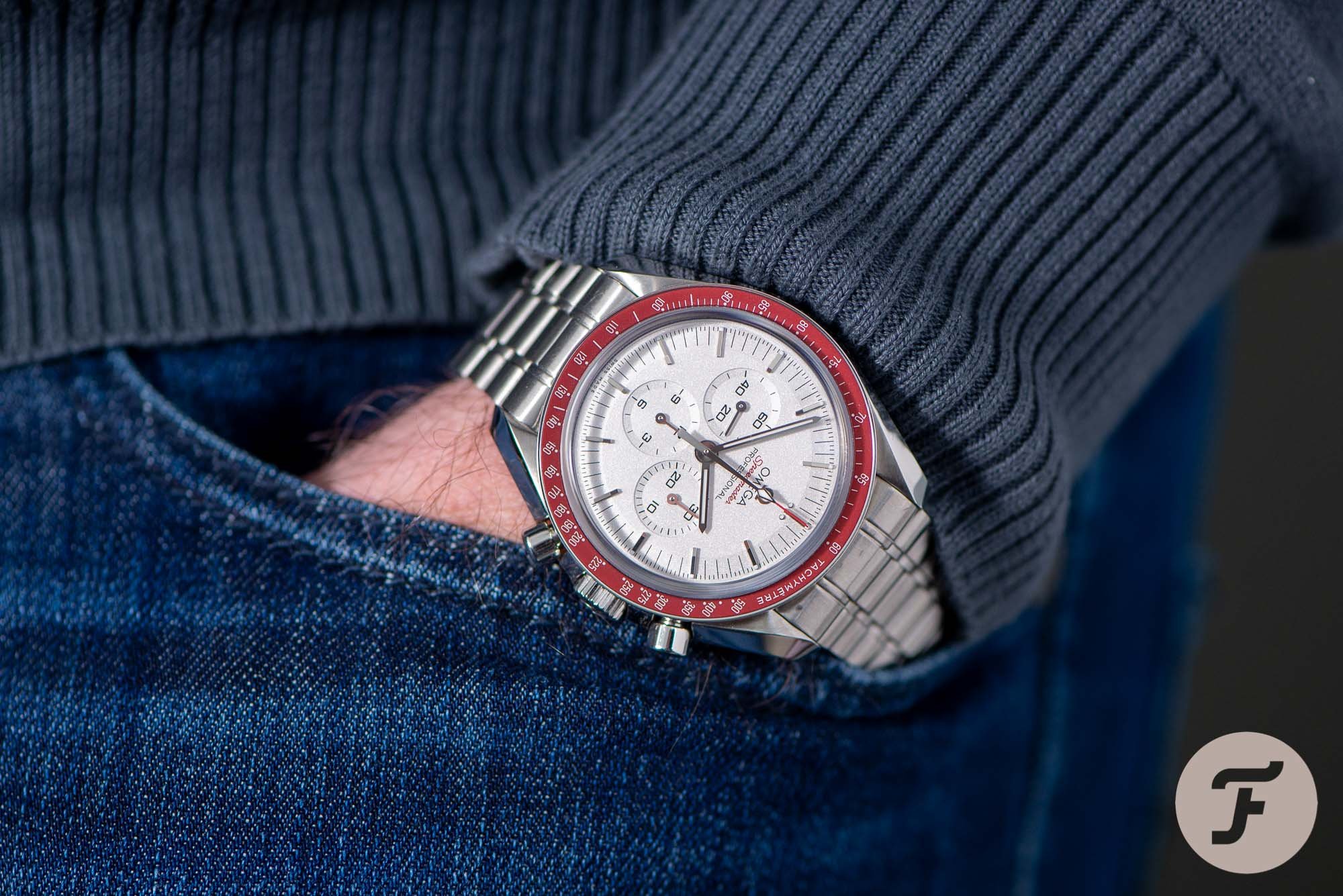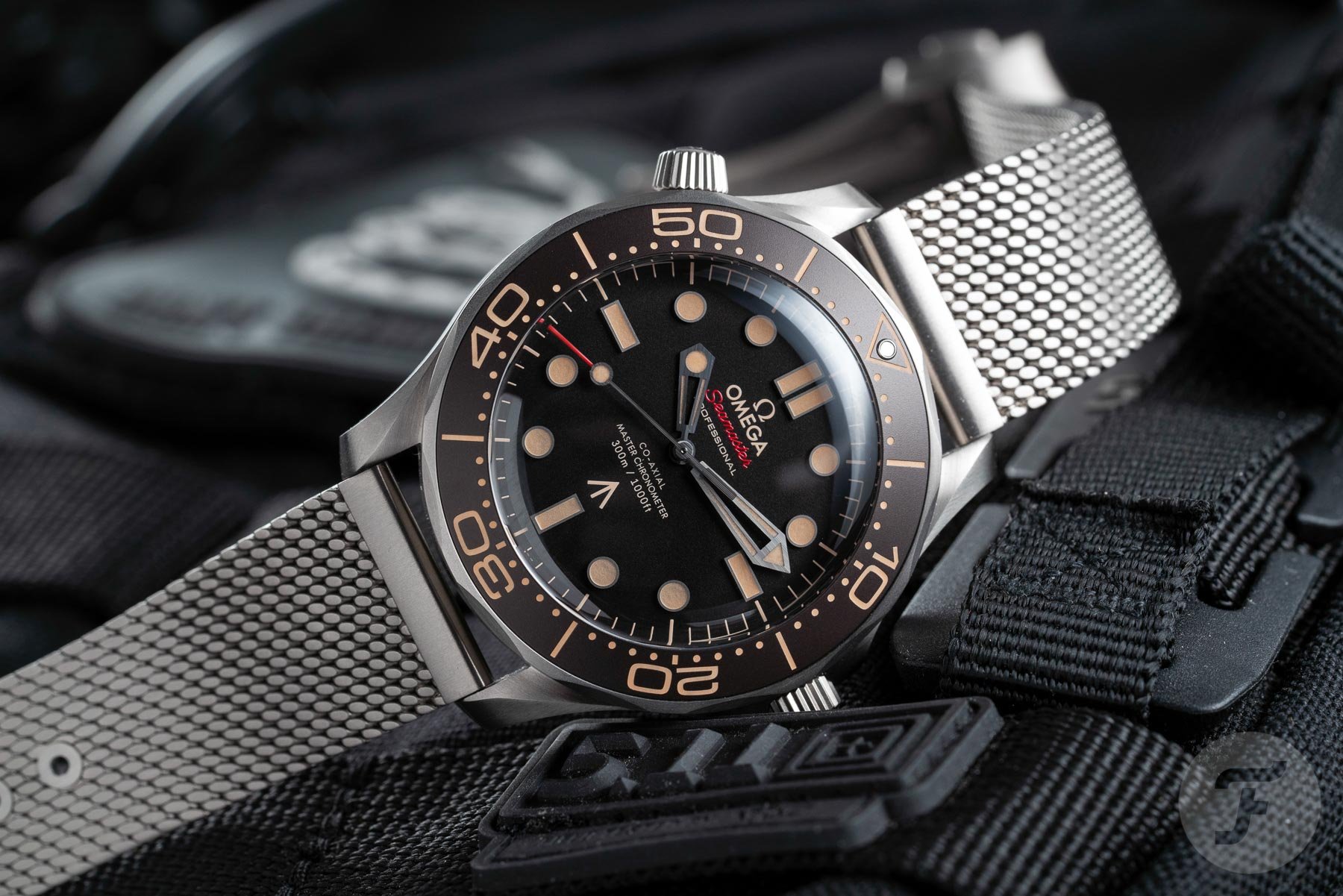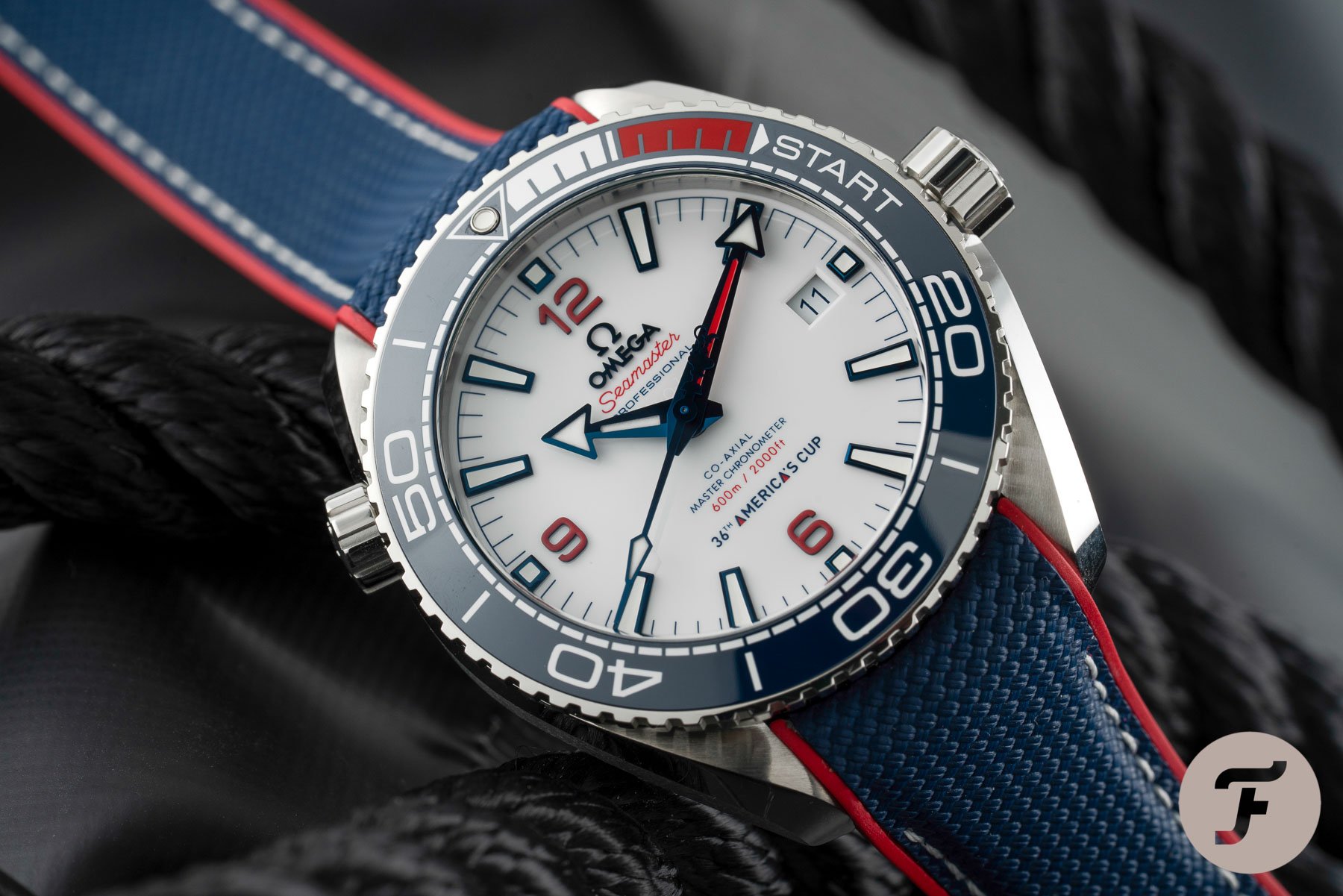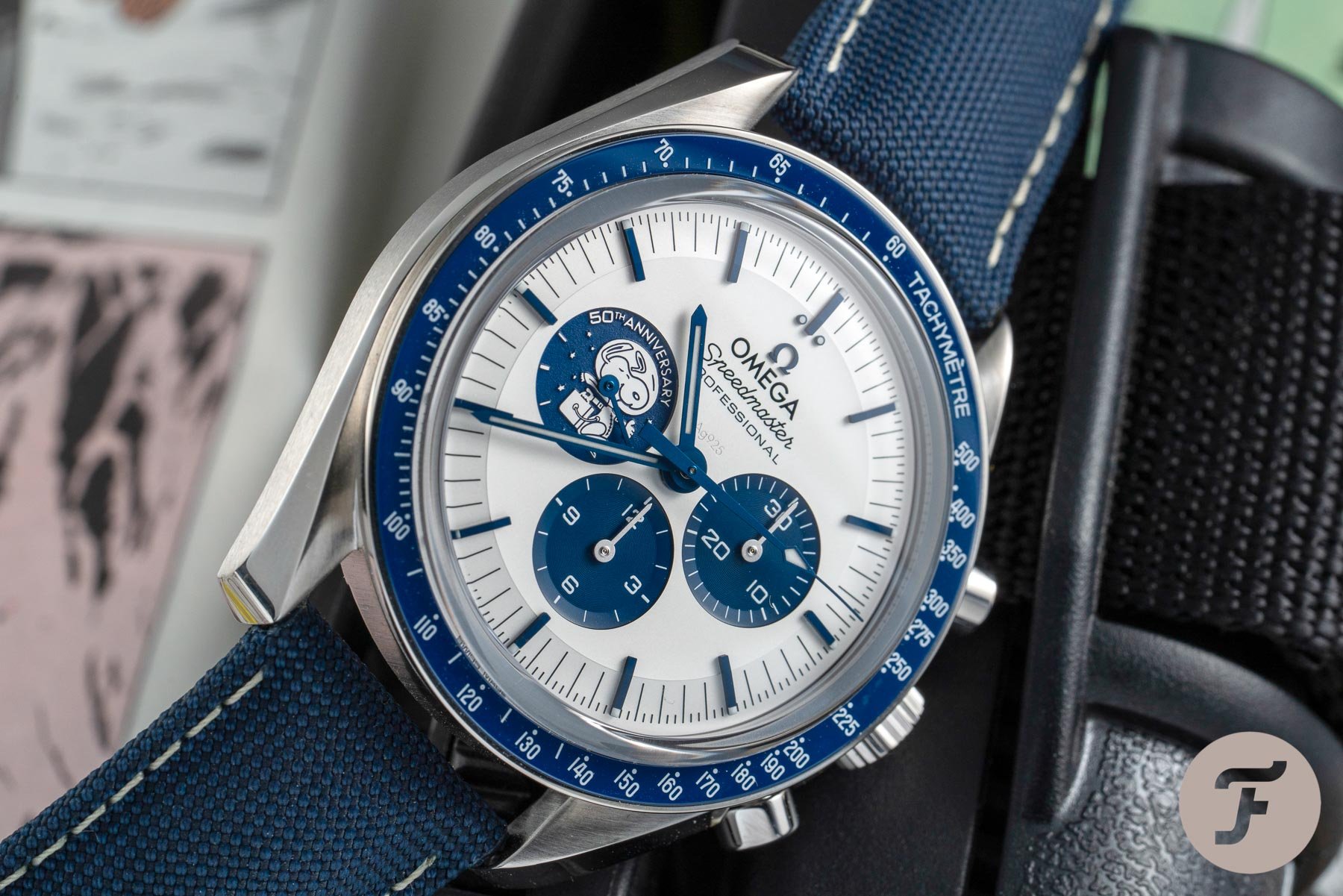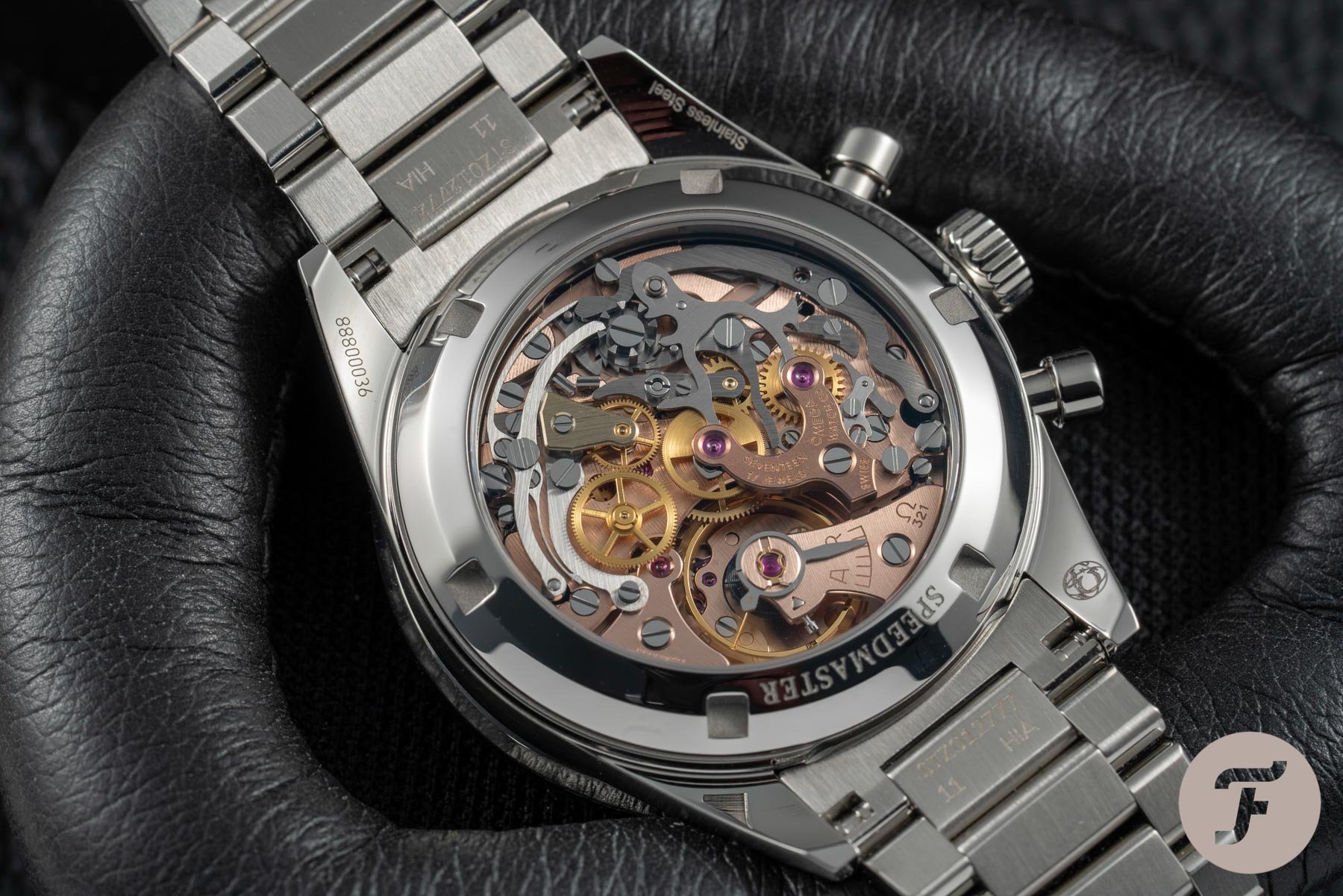Why Omega No Longer Releases Limited Edition Watches — From Speedmaster To Seamaster
“Introducing the new limited-edition Omega S…” Well, we haven’t heard that in a while. At least for a good six months. That may not sound like a long time ago. But over the last few years, learning about the latest Omega limited edition has been a regular occurrence. The steady release of exclusive Omega watches, mainly in the Speedmaster and Seamaster range, seemingly became a way of life. However, we see fewer and fewer Omega timepieces produced at a capped amount in recent times. So today, I am looking at the possible reasons for the sudden shift. Sorry to bait and switch you in the intro if you were hoping for something new from Omega. Hopefully, I can give some insights and advice on models to add to your wish list.
Omega is undoubtedly not the only watch brand with a penchant for one-off variations. Oris, Panerai, Hublot, and many others are guilty of leaning heavily on frequently releasing LEs. Some micro-brands such as Ming, Zelos, and Halios even define collections around a set number of wristwatches. When looking further afield, the concept of limiting production and availability is not even an exclusive sales tactic of watches. Plenty of other industries, from automotive to confectionary, rely on a high-demand/low-supply method of enticing collectors and connoisseurs. So, I’m not singling out Omega because I have a chip on my shoulder. More so that I am noticing a reduction in limited editions from the Bienne brand. Instead, commemorative and distinctive models join the regular Omega line-up.
The limited-edition Omega — a moment in time
The basis of my observation is not unfounded. In 2018, during the peak of dizzying varieties, Omega gave us the beautiful #SpeedyTuesday II “Ultraman” for Fratello Watches, limited to 2,012 pieces. The same year we had the somewhat premature Speedmaster Tokyo 2020 Olympic Games quintet for the Japanese market at 2,020 pieces for each watch and a complete set of all five watches limited to 55 examples. Alongside this was the CK2998 Pulsometer, limited to 2,998 pieces, and to top it off, the Hodinkee H10 with a run of just 500. Don’t get me wrong; all these watches are fantastic and meaningful iterations on the classic Speedmaster. But did we need so many LEs in such quick succession? So, by comparing the last few years to what we see now, I sense a change of approach.
The Eagle has landed.
2019 was understandably a banner year for Omega. The year marked fifty years since NASA’s inaugural lunar landing, and no less than three Speedmasters commemorated the anniversary. This began with the Apollo XI Moonshine with caliber 3861 making its debut. Limited to 1,014 pieces, the proprietary gold model was beloved amongst the Fratello team. A couple of months later, Omega gave us the steel and Moonshine gold bezel Speedy. Again, the Apollo XI in steel had a limitation, but this time at a more available limit of 6,969 — clearly a reference to 1969. But what came after signaled a change. The platinum Speedmaster completed the trifecta and coincided with the July date when the “Eagle” landed on the moon. Yet, this time there was no limitation of platinum Speedmasters with meteorite sub-dials.
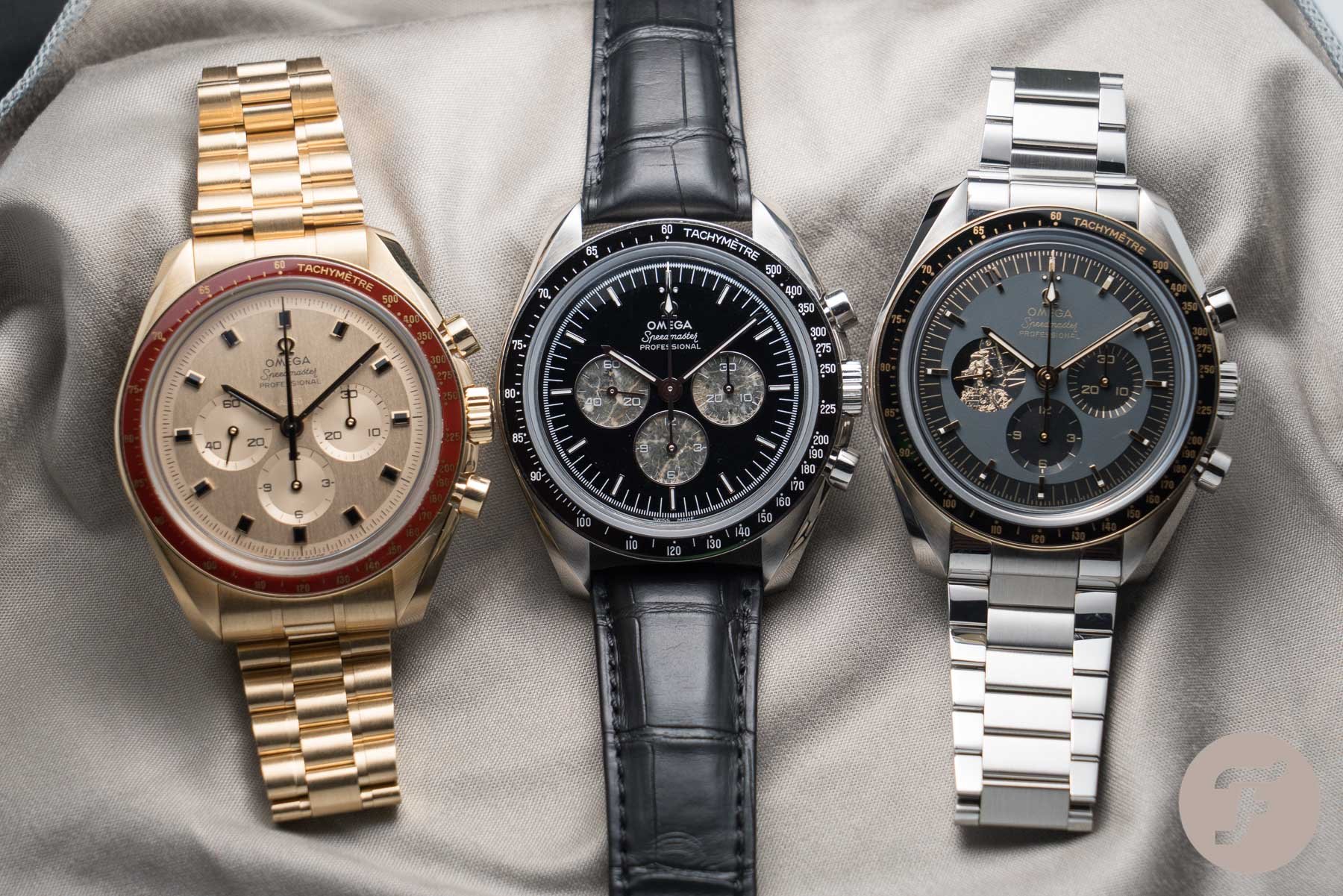
Celebration pieces: The Apollo XI Moonshine, the platinum Calibre 321, and the steel Apollo XI. All from 2019.
The boundless Calibre 321
So why did Omega drop the heavy platinum Speedy on our laps only to make it widely available? Well, it’s not strictly the most available watch in the catalog, as €59,200 is a serious chunk of change. Yet, theoretically, anyone who wanted one could have one. The only thing preventing the broad rollout of these models was the meticulous manufacturing of the Calibre 321. Omega does not mass produce the revived movement. In a separate facility, one watchmaker is responsible for the assembly of one Calibre 321. While the Moonshine had golden bridges and touches of meteorite on the case-back, its base caliber 3861 is the same as the now-standard Moonwatch. Conversely, production will only allow for a total of 1,000–2,000 of the comeback kid Calibre 321 annually.
The “Ed White” showcases that even without limits, the Speedmaster can still drive high demand.
The Calibre 321’s genuine limitation of 2,000 units per year further sub-divides with the other piece of the puzzle. The stainless steel Speedmaster “Ed White” is the watch that showcased how the new non-limited approach by Omega still drove demand. While €14,000 is a shock to most Moonwatch owners, it’s still more attainable than the nearly €60k platinum watch, which shares the same caliber. Therefore, prospective buyers clamored to nab an “Ed White” only to receive the heart-breaking “we’ll call you.” In no time, the secondary market saw a spike in the value of the “Ed White.” For a second-hand example, a quick check on Chrono24 highlights an uplift of €5k to €8k over RRP. My advice is the same as Guinness’s, “good things come to those who wait.”
Seven-thousand Seamasters
My main talking point has been the Speedmaster thus far. But I did say in the intro that the Seamaster range has its fair share of limited editions. While the Speedmaster marks significant events in the space race, the Seamaster bases its limitation around a beloved fictional spy. Most James Bond tie-ins have a set limit of 7,007 pieces, which leads to another point of contention around exclusive watch releases from Omega. 7,007 refers to Bond’s 007 code designation. But the arbitrary number does nothing to dispel would-be buyers questioning if 7k pieces is a limitation at all. Perhaps this is the case for some less appealing editions, but the Spectre, for example, was a sell-out and sparked a growing waitlist.
Could the Bond Seamaster Diver 300M see a spike in demand upon the release of No Time To Die?
Yet again, we can observe a twist in the tale. The 2019 Seamaster 300M Bond, in conjunction with No Time To Die, found its way into the standard catalog. The traditional 7,007 allocation of a Seamaster Bond watch was no more. This important decision was a stroke of luck for Omega as there was no predicting the cinematic release delay of the latest Bond film due to the pandemic. Imagine if all Bond Seamasters sold out two years before the movie hit the cinemas? Even still, the titanium and aluminum Diver 300M became a hotcake and briefly ascended on the pre-owned market before stabilizing as production caught up. We may, however, see a spike following the cinematic release of the pandemic-delayed No Time To Die in September — so get yours while you still can.
The limited edition Omega meets its end
Speaking of speculation, the only limited edition Omega released this year, to my recollection, was the Planet Ocean America’s Cup. Paying homage to the world’s oldest international competition that still takes place, the sailing-inspired diving watch came out in March. The edition was limited to 2,021 pieces to celebrate the year’s 36th running of the America’s Cup. If this is the final Omega with a specified and advertised amount, I must say it’s a peculiar watch to act as the limited edition swansong. But it may be one to seek out if the Planet Ocean America’s Cup captures a moment in time in Omega’s history.
Is the Seamaster going unlimited?
This year, we’ve had a fair share of special Seamasters from the Black Black to the Bronze Gold and the Seamaster Diver 300M Tokyo 2020. In previous years, no doubt Omega would assign each variation a relatable number of pieces. Yet, 2021 is forgoing this tradition in favor of catering to all customers. And it’s not like the movement production naturally holds these models back. In most cases, the Calibre 8806 and 8900 that powers the standard Diver 300M and Planet Ocean gets the job done in the special editions.
The Snoopy dilemma
Coming back to Speedmasters, the Silver Snoopy marking fifty years of the fateful Apollo XIII mission went without a number. The previous 45th Anniversary stood firm on 1,970 examples back in 2015. The highly sought-after Silver Snoopy proved to be a turning point as the secondary prices went astronomical. It wouldn’t shock me if you told me a Silver Snoopy 45 in good condition just hit €50k on the auction block. Even the 2003 Snoopy, with over 5000 pieces, now gets offers of €20k on the aftermarket — despite the original price of €3,300. The challenging allocation process possibly guided the decision for Omega not to limit the Silver Snoopy 50. However, it seems to have not affected the rising value. To me, it’s not a bragging right Omega wish to have, as it would instead prefer buyers pay the list price on what it deems its watches to be worth.
The Calibre 321 was the spell that broke the curse.
Like the Seamasters above, the movement is also on the same production line as the caliber you’ll find in 2021’s Moonwatch. Albeit the Snoopy connects the 3861 to an automaton on the case-back. I may be wrong and reading into this too deeply, and knowing my luck, Omega will troll me by releasing a limited edition next week. But I do sense Omega veering away from its past sales style. RJ still wishes some pieces, like the Snoopy, were exclusive to feel that rush in obtaining one of a known small number of examples — he still hasn’t got a Snoopy yet, FYI. But I think the “non-limited” trial that began with the platinum Calibre 321 and gained notoriety with the Silver Snoopy and Seamaster Diver 300M Bond is here to stay.
Final conclusions
So why is Omega not releasing limited editions anymore? Well, other brands eschew a production limit without impacting the desirability of specific models. And the Speedmaster “Ed White” was able to reach Daytona levels of mass appeal without a cap. Yet we must remember, the old-school Calibre 321’s “one watchmaker” philosophy regulates the “Ed White” model’s steady release. A cynic may assume that some past models did not reach the “limited” sales target, primarily when Omega still lists them as available. While it may appear that way online, the limited editions typically sold incredibly well. Omega’s website happens to catalog all its previous collections with a note to contact your local boutique. You may still get lucky at the boutique in discovering an unsold hidden gem, but the manufacturing ceased long ago.
There’s no need for a mad rush to get an LE, yet Omega enthusiasts still yearn to be first.
It could also be that the people have spoken, and Omega was listening: “enough is enough with the limited editions!” But then the enthusiast community is more vocal than plentiful. Whatever it comes down to, Omega elects to release new pieces without a glass ceiling. Perhaps the marketing tactic has run its course, and Omega no longer relies on it to shift stock. I always prioritize design, comfort, and function in a watch. But I have to admit, knowing it was exclusive plays a part in a purchase, especially for the Speedmaster. Do you miss limited edition Omegas, or do you welcome the change? What are some of your favorites from this era? Let us know in the comments below!
Follow me on Instagram: @benjameshodges

